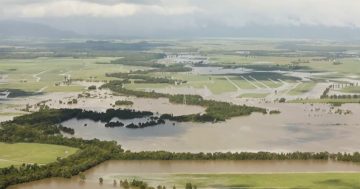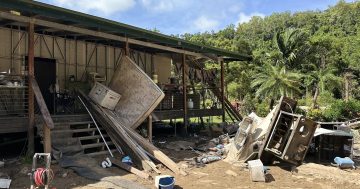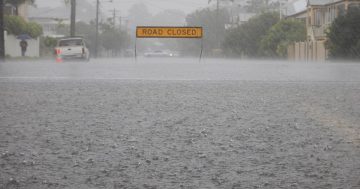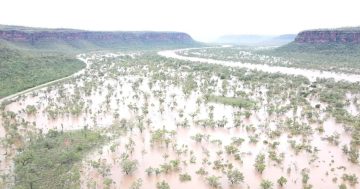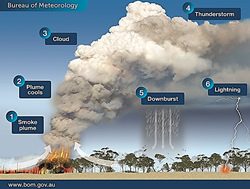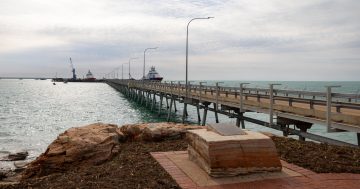 A new handbook on how communities can prepare for and respond to natural and other disasters has been launched by Minister for Emergency Management and National Recovery and Resilience, Senator Bridget McKenzie.
A new handbook on how communities can prepare for and respond to natural and other disasters has been launched by Minister for Emergency Management and National Recovery and Resilience, Senator Bridget McKenzie.
Releasing the Systemic Disaster Risk Handbook, Senator McKenzie said it provided important opportunities for improved learning, development and innovation.
“The Handbook was developed by the Australian Institute for Disaster Resilience following a rigorous process of national consultation,” Senator McKenzie said.
“Reducing our disaster risk means that we minimise the loss and suffering caused by disasters in Australia,” she said.
Senator McKenzie said while hazards like fires, cyclones and floods were inevitable, “by working together, we can lessen the impacts”.
The Minister said the Handbook supported the implementation of the National Disaster Risk Reduction Framework and was an integral component of Australia’s national disaster risk reduction and resilience guidance.
“In addition to the Handbook, the Australian Institute for Disaster Resilience has produced a series of case study profiles with leaders and decision-makers involved in disaster risk reduction,” she said.
“These case studies provide real-life examples and demonstrate how the Handbook’s principles can be applied in practice.”
She said nobody liked to think disasters would happen to them “but across our country we are exposed to natural hazards such as cyclones, floods, storms, drought and bushfires”.
“We will continue to strengthen our preparedness for disasters — not just cleaning up after they occur, but reducing our vulnerability, increasing our resilience and ensuring communities are better prepared before a disaster strikes,” Senator McKenzie said.
The 37-page Handbook can be accessed at this PS News link.


